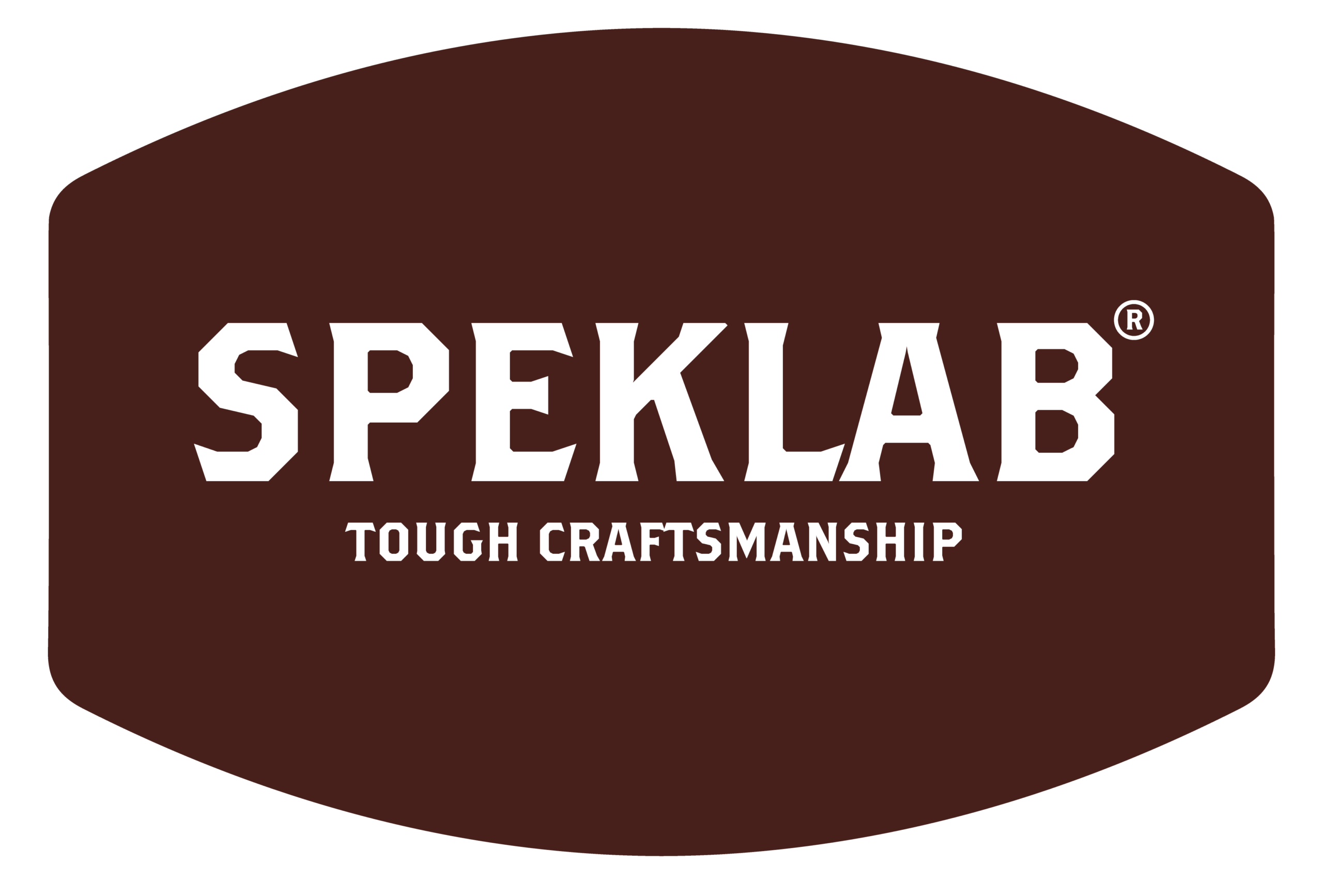OUR MISSION
SPEKLAB® stands for Burgundian pleasure, true craft, quality, and durability straight from the “Green Heart”.
The “SPEKLAB®” name consists of a composition of the Dutch words for bacon and laboratory. SPEKLAP with a “p” at the end means a slice of bacon in Dutch.
SPEK (bacon) stands for a Burgundian lifestyle and nature in general. Enjoy life, but respect all that lives or has lived. We strive to keep our products pure and close to nature. Therefore, the treatment of our leather is 100% organic and without chemical additives, which makes the leather sustainable and biodegradable.
LAB is a laboratory in the creative sense of the word, true craftsmanship and pure quality. All our products are made with pleasure and passion from only the best material available. As a result, all our products are of high quality and fulfil us with great pride.
Clothing/shoe designer, barista, photographer Marieka Ratsma & marketeer, and bartender Erwin Giezen founded SPEKLAB®. True Burgundian artisans from the “Green Heart” of the Netherlands with a preference for beautiful designs made from natural and durable materials. They have combined their love for craft, design, coffee, cocktails, beer, and good food in SPEKLAB’s high-quality leather aprons.
OUR STORY
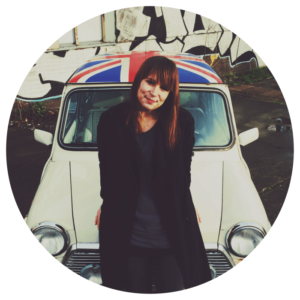
Marieka Ratsma
A true designer & photographer with a quirky look at art & design. In addition, she worked as a barista, with a lot of fun for coffee art. She has studied communication and media in The Hague and Fashion Design at the Art Academy in Utrecht. With her biomimicry shoe, she established her name as a fashion designer at a young age. The bird skull-inspired shoe can be seen in magazines and online media like Grazia Magazine and Trend Land. In New York, at the Shoe Obsession exhibition at the Fashion Institute of Technology (F.I.T.), they could be seen among the designs of Alexander McQueen, Manolo Blahnik, Azzedine Alaîa and Givenchy, among others.
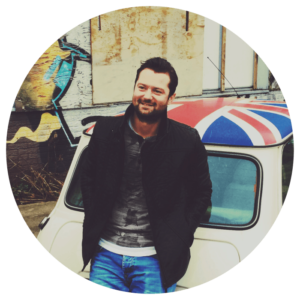
Erwin Giezen
A headstrong and ambitious marketeer, craftsman, graphic designer and ex-bartender. By combining his studies in architecture, design, small business, and retail management, he considers it possible to make almost everything his eyes see with his hands. The marketing of beautiful products and services is his great passion.
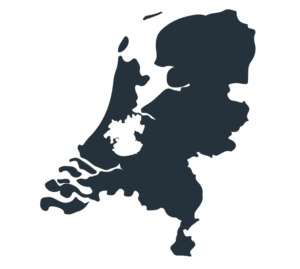
HONEST & SUSTAINABLE
We want to tell you as transparent and fair a story as possible about the origin of our products and the materials we use. The SPEKLAB leather aprons are vegetable-tanned Nubuck and saddle leather from the Netherlands and Spain. Only then can we fulfil our sustainable mission of “Burgundian pleasure, true craft, quality, and durability” and express it proudly to you.
Vegetable tanned
Tanning preserves cowhide. The leather treatment is 100% organic and without chemical additives, making the leather durable and biodegradable. For tanning, the hides are immersed in a bath of oak, chestnut, mangrove, and acacia tree leaves and bark. The chemical (tanning) that she naturally secretes ensures that the proteins in the leather are resistant to bacteria.
Nubuck
Nubuck leather is the most honest, natural, durable, and top-quality leather. The top layer is sanded, stained, and washed. For Nubuck, one uses the most beautiful grain leather (upper skin). Therefore, the animal’s life may still be found in the skin, in the scars of insect bites, thorns and horns, neck wrinkles, coarse pores, and pigments. This makes each apron unique and still close to nature.
Saddle leather.
Saddle leather is the most robust and is made of the thickest pieces of skin. It is vegetable-tanned.
Leather cultivation and vegetable tanning in 6 steps.
The first step in cultivating the leather is to harden the leather by treat it with salt. Thereafter, the leather is ready to be stripped from the flesh and the preparations for vegetable tanning, or preserving the leather.
1 Soaking:
The skins are soaked in clean water to remove the remaining salt from the hardening.
2 Plaster:
After the soaking the skins are treated with so-called limestone milk. The purpose of this treatment is to remove keratin proteins and to swell and cleave collagen into the skin. It facilitates the removal of the hair and makes the collagen suitable for tanning.
3 Hair removal:
After plastering, the skin is mechanically stripped of all hair and fat residues.
4 Stain:
In this step, the pH of the collagen is brought down so that enzymes can do their work to soften the leather.
5 Pickle:
The skins are treated again with salt to further reduce the pH of the collagen.
6 Tanning:
Vegetable tanned leather is a natural, durable product, is biodegradable and does not endanger human and nature.
OUR LAB
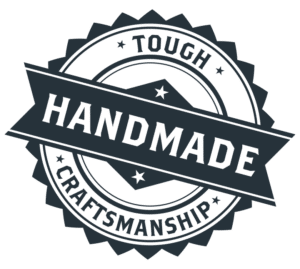
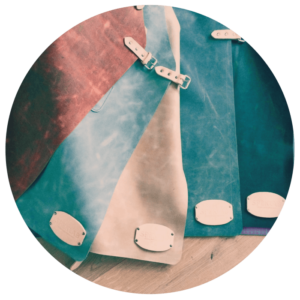
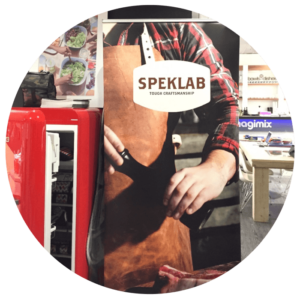
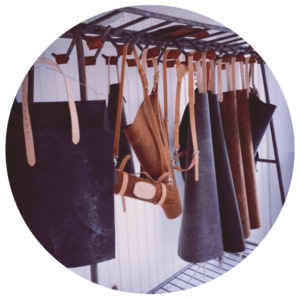
LUCKY NUMBERS.
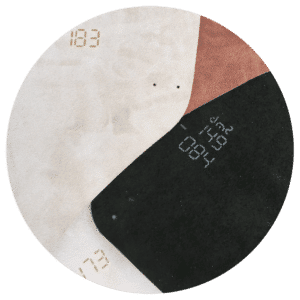
WHAT DO THESE STRANGE NUMBERS MEAN ON THE BACK OF MY APRON?
On the backside of some SPEKLAB® aprons you’ll see mysterious numbers and letters. This code is not a production error and are not the winning numbers from a lottery. They all look different, and yet they are special.
These signs indicate what the dimensions (in m2 or square feet) were of the whole or half skin where your apron was cut out of. And therefore, indicates how big the animal was. Honouring everything that lives or has lived. We locate this an important issue and means more than anything to us. So if you encounter a code, know that you are a privileged person who has a special product of an exceptional animal.
